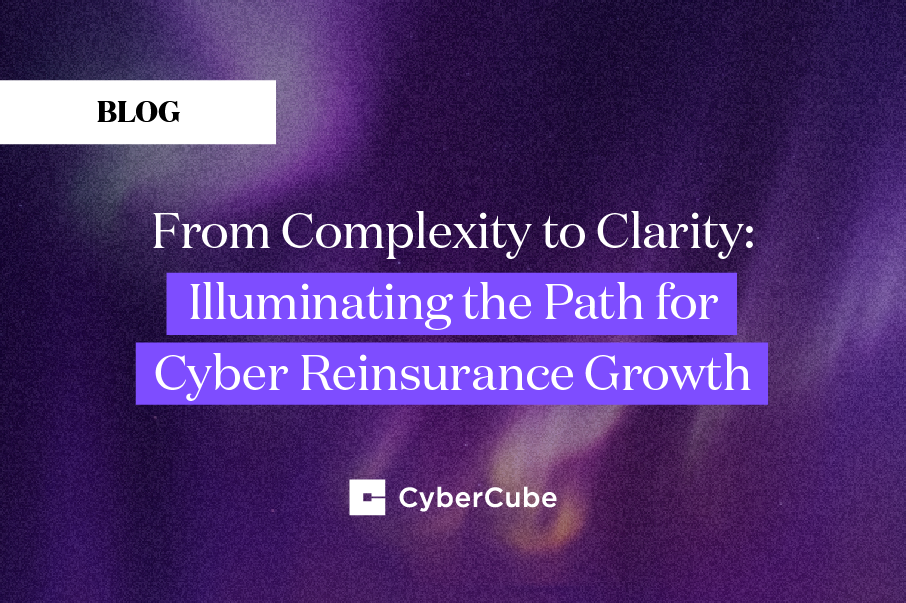Press coverage of cyber insurance in recent months has included alarming, high profile statements that question the viability of the cyber insurance market due to increasing ransomware losses in recent months.
Despite all of this “sky is falling” coverage, are these losses really such a bad thing for the cyber insurance market? Or are they actually one of the best developments in the history of cyber insurance for creating a sustainable long-term market, underpinned by strong analytics?
I would contend that recent ransomware losses are actually a tremendous boost to the long-term future of the cyber insurance market for four reasons:
1. Ransomware losses are driving demand
High profile media coverage of ransomware hitting all industries and company sizes is driving home that cyber risk is one of the most important risks facing enterprises today. These losses are fueling demand for cyber insurance products and demand for even higher limits for those who are already buyers. Cyber insurance products are working and they are needed more than ever.
Furthermore, advice from brokers is proving invaluable - evidenced by the strong take-up of CyberCube’s Broking Manager product from intermediaries who are assisting with cyber insurance purchasing for first-time buyers.
2. Ransomware losses are driving better underwriting practices
The rapid adoption of security and risk signals including Open RDP Ports and more robust underwriting on security controls such as multi-factor authentication are driving better risk selection and ultimately improving the economy’s resilience to malware.
With the right tools in place, cyber insurers can make a material difference in cyber security practices. The promise of cyber insurance has long been that carriers would drive better cyber security practices amongst their insureds. This is now starting to happen at scale for the first time.
CyberCube has developed multiple ransomware-specific security and risk signals, as well as actionable insights for its cyber risk underwriting solution, Account Manager.
3. Losses are driving more favorable pricing
In a way, the headlines are right — loss ratios have increased. But at a 67% loss ratio for 2020 (according to Aon), one year of losses in line with other typical lines of business after years of stellar profitability doesn’t mean the sky is falling. Things may get slightly worse before they get better (Q4 was a particularly heavy quarter for cyber claims) but when coupled with 26% pricing increases (which also look set to endure and in many cases are even higher), this will be an event that bolsters insurer profitability and top-line growth.
With our Q2 release of the attritional loss module for Portfolio Manager, CyberCube can now help quantify expected cat and attritional loss ratios to make that case.
This adjustment in pricing is much needed and further supports cyber insurance as a long-term profitable line of business.
4. Insurers are bringing more rigor to coverage decisions
After years of seemingly never-ending expansion of coverage (often for little or no additional premium) insurers have started taking a hard look at their policy wordings. There is far more scrutiny on business interruption and contingent business interruption coverage and more precision on covering what these policies were intending to cover. The introduction of sub-limits and co-insurance, where appropriate, allow for more thoughtful conversations with clients about their risk and more sustainable cyber insurance policies.
CyberCube is contributing to this rigor by empowering our clients with consulting services that allow for more data-driven decision making on policy design.
Using the right tools for growth
This isn’t to say that there aren’t areas for real concern, especially around cyber aggregation. But rather than ransomware undermining the cyber insurance market, it is making the market more robust.
The increasing cyber threat trends aren’t disappearing any time soon, so (re)insurers must adapt to the changing cyber insurance space. Those who are equipped with the right tools will be best placed to profit from these trends. Cyber risk analytics are paving the way forward for (re)insurers to make informed, data-driven decisions.
Here at CyberCube, we’re excited to deliver the analytics solutions that help our customers achieve sustainable profitable growth. The sky is not falling — the outlook has never looked so bright for a cyber insurance market that is sustainable over the long-term.




